Gibbons are lesser apes, because they are smaller than the “great apes.” They differ significantly from the great apes, which include chimpanzees, gorillas, bonobos, and orangutans. These primates are, however, not monkeys. Monkeys have tails, while apes do not, and gibbons also lack tails. Read on to learn about the gibbon.
Description of the Gibbon
There are 18 different species of gibbons, and each species is different from the next. However, they do share a number of characteristics. All species have long arms, which they use to swing from branch to branch.
Like all apes, gibbons do not have the prehensile tails that monkeys have. Their fur varies in color, and is usually black, gray, or brown, though some species are cream colored.
Interesting Facts About the Gibbon
There are many different species of gibbon, and each is unique. Meet a few gibbon species, and learn about what makes them so interesting, below.
- Siamang – The siamang is the largest species of gibbon, and they weigh up to 30 lbs. at their heaviest. Male siamangs have special pouches under their chins, known as “gular sacs.” They inflate their gular sacs to make incredibly loud vocalizations. The IUCN lists this species as Endangered.
- Silvery Gibbon – This species has silver tipped fur, which is where it gets its name. Like many species, the IUCN lists this gibbon as Endangered. Sadly, habitat destruction poses a serious threat to these primates.
- Agile Gibbon – You might be seeing a trend here, but the IUCN also lists this species as Endangered. Scientists believe that this species might have separate subspecies, the mountain and the lowland agile gibbon. The mountain subspecies lives at higher elevations, and the lowland subspecies lives at lower elevations.
- Skywalker Hoolock Gibbon – This gibbon species is newly discovered, and scientists first officially described the species in 2017. The researchers did, indeed, name this gibbon after Luke Skywalker. We know little about this species so far.
Habitat of the Gibbon
These apes are perfectly adapted to living in the trees, and their habitats must have dense vegetation. They live primarily in tropical rainforest and other jungles. Different species have different preferences, some live in mountainous regions while others live near sea level.
Unlike some of the great apes, which live fully or partially on the ground, gibbons are arboreal. They spend nearly all their time in the treetops.
Distribution of the Gibbon
Different species of gibbons have different ranges, but they all live in Southeast Asia. Species in the same genus generally live closer to one another geographically.
Gibbons live in southern China, Bangladesh, Burma, Laos, Thailand, Vietnam, Malaysia, and Indonesia. Sadly, their range is slowly becoming more restricted because of habitat destruction.
Diet of the Gibbon
Most gibbons share a similar diet. They are omnivores, but most of their diet comes from plants. The vast majority of gibbons feed primarily on fruits. These primates also eat insects, leaves, flowers, shoots, small animals, and more. Each species is different, and their diets vary based on what is available.
Gibbon and Human Interaction
Humans are hugely detrimental to the vast majority of gibbon species. These primates live in forests and feed on fruits produced by the trees and shrubs around them.
When people cut down those forests, the gibbons that lived in them must relocate or perish. Sadly, humans also capture gibbons for the pet trade, and use them in Traditional Chinese Medicine.
Domestication
Humans have not domesticated gibbons in any way.
Does the Gibbon Make a Good Pet
No, gibbons do not make good pets. Human activity threatens different species of gibbons, and every animal is important for the survival of the species. Because of this, it is illegal to own a gibbon as a pet in most places.
Gibbon Care
Gibbons in zoos and rehabilitation centers are important for the survival of the species. Every gibbon that doesn’t live in the wild resides on a Species Survival Plan (SSP). Those working in the SSP choose gibbons who are not closely related to one-another for breeding. Zookeepers release the offspring into the wild, or used them in the breeding program too.
Some gibbons are not good candidates for reproduction, and in those cases they become ambassadors for their species. Zookeepers teach people about gibbons, and how we should be conserving their natural habitat.
Behavior of the Gibbon
The behavior of these primates varies from species to species, but they are primarily social creatures. They live in groups, known as “troops,” and are most active during the day.
Troops of gibbons live in the treetops, and spend their days foraging for food and grooming one another. The troop is usually made up of a mated pair and their young.
Reproduction of the Gibbon
Most gibbons are monogamous, and breed with the same mate year after year. The female usually gives birth to a single baby, and has a gestation period of approximately seven months.
Baby gibbons rely very heavily on their mothers, and she cares for her young until it is about a year old. After this, the young gibbons gain more independence, but usually stay with their parents until they are about six years old.


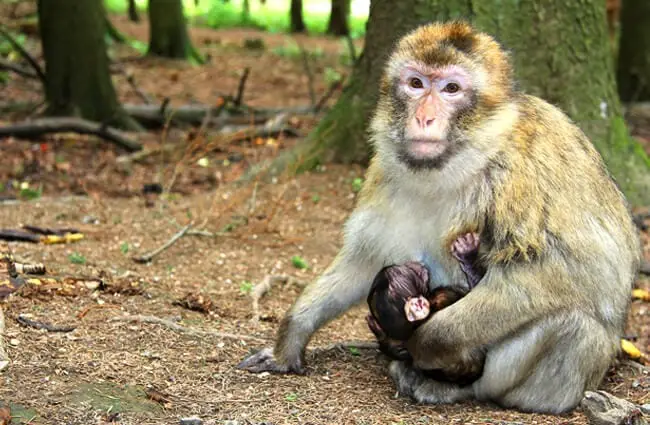


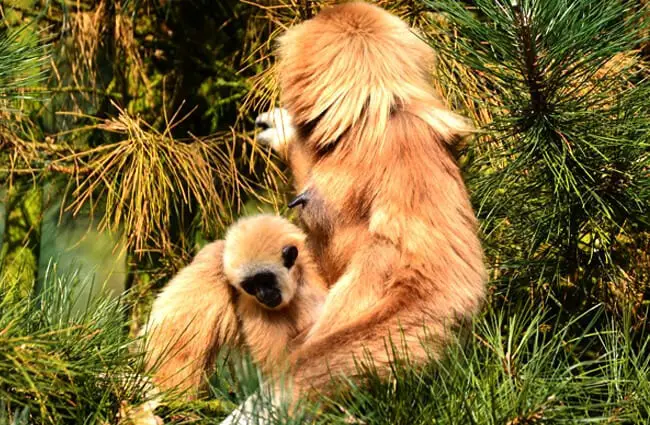
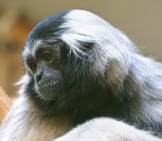
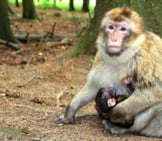
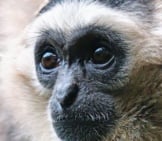


![Red Angus Closeup of a beautiful Red Angus cowPhoto by: U.S. Department of Agriculture [pubic domain]https://creativecommons.org/licenses/by/2.0/](https://animals.net/wp-content/uploads/2020/03/Red-Angus-4-238x178.jpg)












![Red Angus Closeup of a beautiful Red Angus cowPhoto by: U.S. Department of Agriculture [pubic domain]https://creativecommons.org/licenses/by/2.0/](https://animals.net/wp-content/uploads/2020/03/Red-Angus-4-100x75.jpg)

